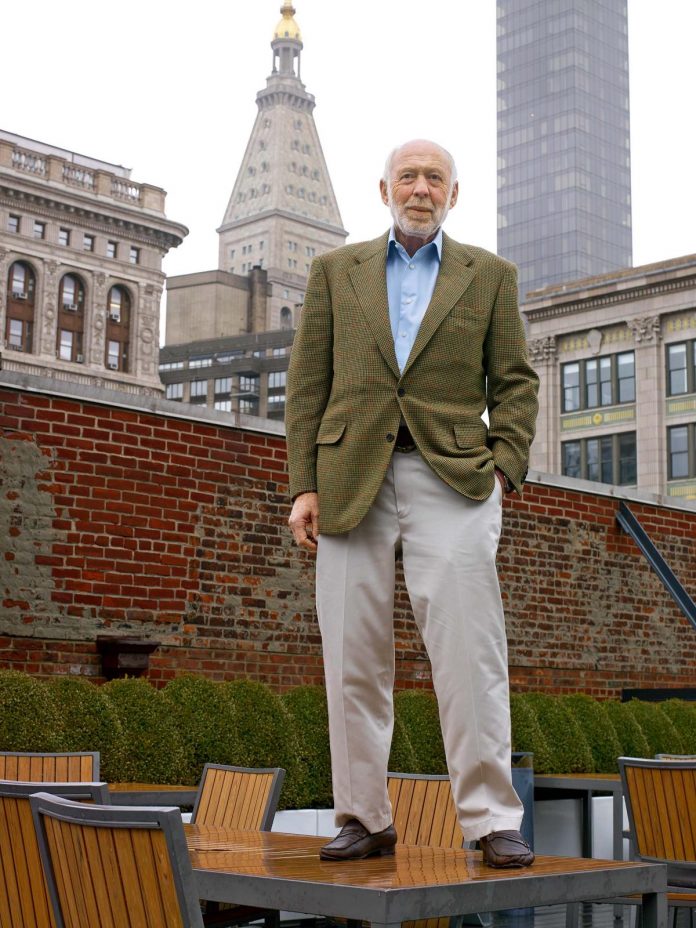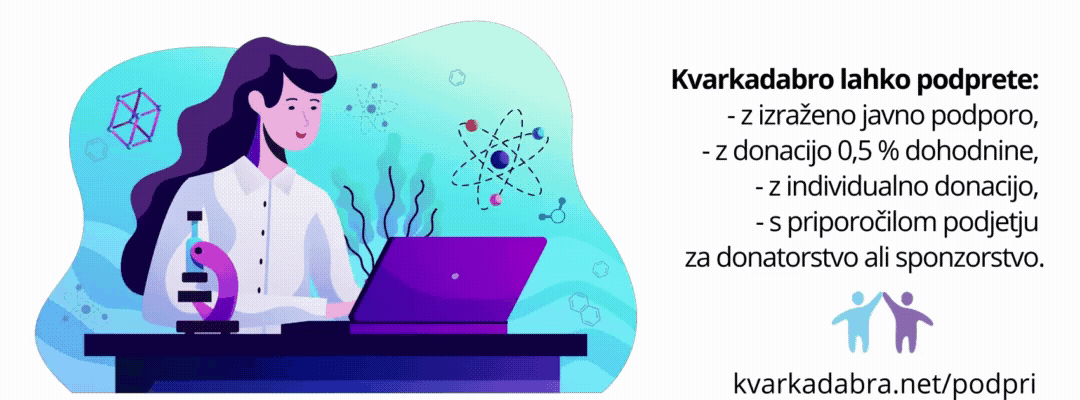V zadnji številki časnika The New Yorker je pod naslovom Jim Simons, the numbers king, objavljen odličen portret Jim Simonsa, matematika, finančnika in dobrodelnika. Portret je poln zanimivih informacij, v veliki meri pa se osredotoča na zadnji projekt, nov inštitut Flatiron na Manhattnu.
The Flatiron Institute, which is in an eleven-story fin-de-siècle building on the corner of Twenty-first Street and Fifth Avenue, is devoted exclusively to computational science—the development and application of algorithms to analyze enormous caches of scientific data. In recent decades, university researchers have become adept at collecting digital information: trillions of base pairs from sequenced human genomes; light measurements from billions of stars. But, because few of these scientists are professional coders, they have often analyzed their hauls with jury-rigged code that has been farmed out to graduate students. The institute’s aim is to help provide top researchers across the scientific spectrum with bespoke algorithms that can detect even the faintest tune in the digital cacophony.
Simons has placed a big bet on his hunch that basic science will yield to the same approach that made him rich. He has hired ninety-one fellows in the past two years, and expects to employ more than two hundred, making the Flatiron almost as big as the Institute for Advanced Study, in Princeton, New Jersey. He is not worried about the cost. “I originally thought seventy-five million a year, but now I’m thinking it’s probably going to be about eighty,” he said. Given that Forbes estimates Simons’s net worth to be $18.5 billion, supporting the Flatiron Institute is, in financial terms, a lark. “Renaissance was a lot of fun,” he told me. “And this is fun, too.”
O tem kako uspešen je Jim Simons pri ustvarjanju dobička na borzi
Simons, a noted mathematician, is also the founder of Renaissance Technologies, one of the world’s largest hedge funds. His income last year was $1.6 billion, the highest in the hedge-fund industry.
Renaissance has had an unprecedented run. Bloomberg Markets, in an article last year, called the firm’s signature product, the Medallion Fund, “perhaps the world’s greatest moneymaking machine.” For nearly three decades, it has gone up by eighty per cent annually, on average, before fees. Renaissance’s other, bigger funds have done less well. Simons said that this is a consequence of their size: large amounts of money cannot be traded as quickly, and longer-term trading makes algorithms less useful. “It’s like the weather,” he says—the nearer in, the higher the certainty.
In o nevarnostih prevelikega naslanjanja na privatne donacije pri financiranju znanosti
In the years before the Second World War, private institutions such as Rockefeller University, in Manhattan, and the Institute for Advanced Study, which was funded by the Bamberger’s department-store heirs, came of age. But by the fifties the National Institutes of Health, the National Science Foundation, and other governmental organizations were paying for the vast majority of scientific research in America. For half a century, the government remained the dominant funder. But in the early aughts federal support began to dwindle, and philanthropy came roaring back, led by Silicon Valley billionaires. In 2015, for the first time since the Second World War, private money, including corporate contributions, provided most of the funding for basic-science research.
Uros Seljak, who directs U.C. Berkeley’s department of astronomy and physics, warned that private foundations can be capricious. “Yes, sure, they have a lot of money and they can put in a lot of money, but they can also take it away and put it somewhere else.” Tom Insel, who led the National Institute of Mental Health for more than a decade, expressed a different worry. “My concern is that the generosity of Jim Simons will let the rest of us off the hook,” he said. “Will we decide that science can be supported as a private endeavor, and forfeit our commitment to use taxpayer dollars for science? Will we forget that science is an investment, not a cost?”

















